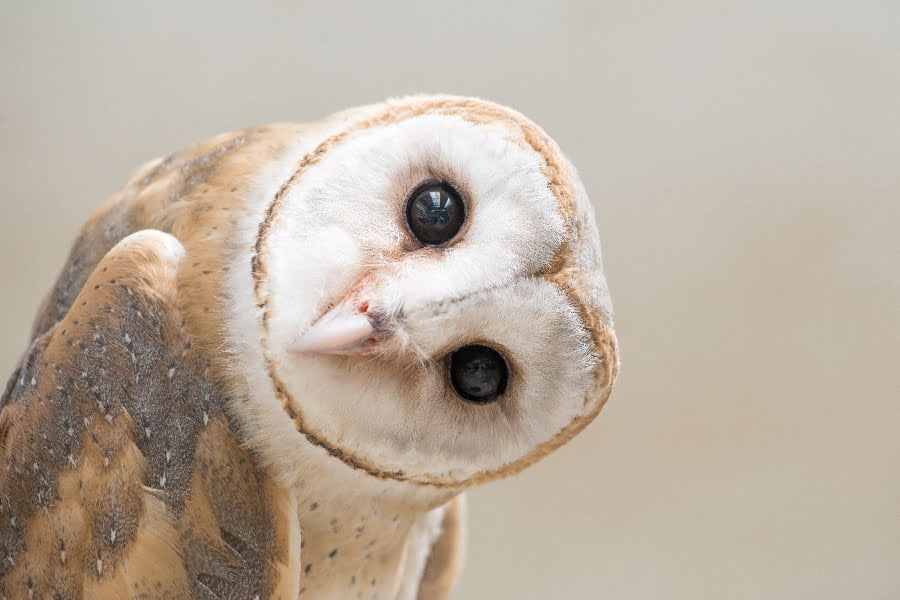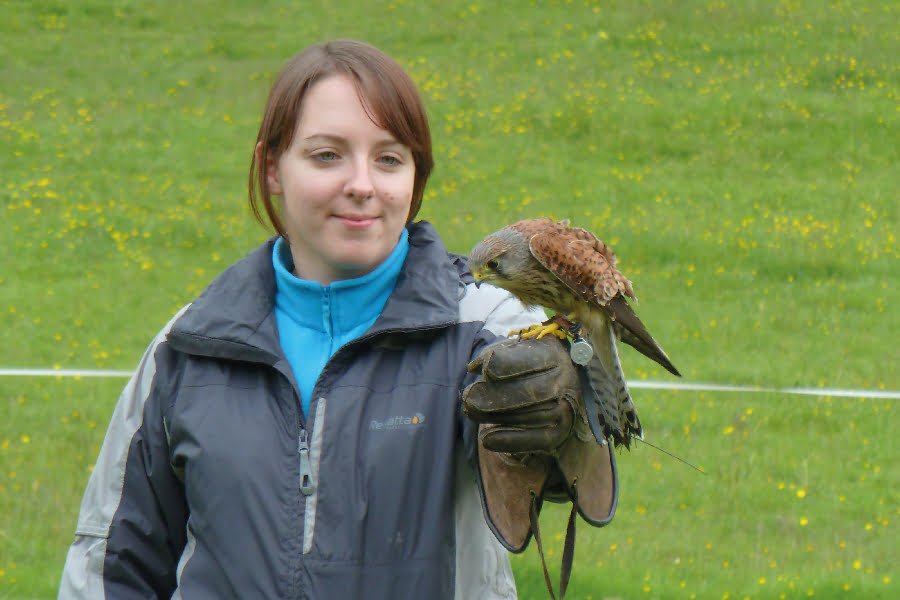
Fantastic news as TEP’s Lizi Pimlott receives her protected species licence for barn owls. Lizi has joined a very exclusive club and become one of three at TEP who can carry out barn owl surveys. Lizi, who already has a bat licence, frequently came across evidence of barn owl during her preliminary bat roost assessments. Having a long-term interest and several ongoing projects where barn owl required consideration, Lizi wanted to gain her licence, to protect and conserve the habitats of these beautiful creatures.
Day-to-day TEP’s ecologists are involved with two types of protected species licences. Class licences require individuals to have specific skills or experience, to avoid risk to the conservation or welfare of a protected species. These enable ecologists to undertake specific surveys, which could result in the disturbance of a protected species, such as a barn owl. These surveys may be necessary to inform developers of the conservation efforts required when developing a site. Mitigation licences are required when a proposed development is likely to impact a protected species, which would otherwise be illegal. For example the killing, injury or loss of a species’ habitat. Obtaining this license then allows an ecologist to work alongside a developer, to implement protection measures and compensatory habitat for these species.
Obtaining a licence is not easy. Lizi had to prove she could assess potential barn owl nesting, roosting and foraging habitats, as well as being able to identify field signs such as pellets, droppings, white wash and feathers. It is also important for her to be able to compare and distinguish these to other raptor and owl signs, which can be quite similar. How quickly someone can obtain a licence, is purely dependent on experience. Over the past four years Lizi has shadowed other licensed surveyors to gain as much experience as she could get. She also attended the Barn Owl Ecology, Survey and Signs field course, run by the Barn Owl Trust in Devon, as well as attending local barn owl group meetings.

All birds are protected in some form. However, some species have additional protection during the breeding season, as do their nests, eggs and dependent young. Barn owls are becoming increasingly rare and therefore fall into this category and are protected under Schedule 1 of the Wildlife and Countryside Act. Currently, the main threats to barn owl are a reduction in food supply, from urbanisation and agricultural intensification. They are also effected by loss of roost and nest sites, roads, rodenticides and also climate change and changes in weather conditions. Lizi now has the right experience and knowledge to cause limited disturbance whilst carrying out these surveys by observation. She can also assess what impact a development proposal may have on them, and ultimately ensure the barn owl is protected.
All TEP’s ecologist are just as dedicated as Lizi to the protection and conservation of wildlife. They can also provide surveys for a wide range of protected species. This includes: otter, water vole, badger, dormouse, amphibians, reptiles, birds, bats and white clawed crayfish. There are 25 members of TEP staff who have a licence and 8 have more than one. This enables TEP to undertake several surveys at once and is more cost-effective than having to do separate visits.
To find out more about protected species licences or undertaking surveys, email ecology@tep.uk.com
To read more from TEP’s ecologists click here.








